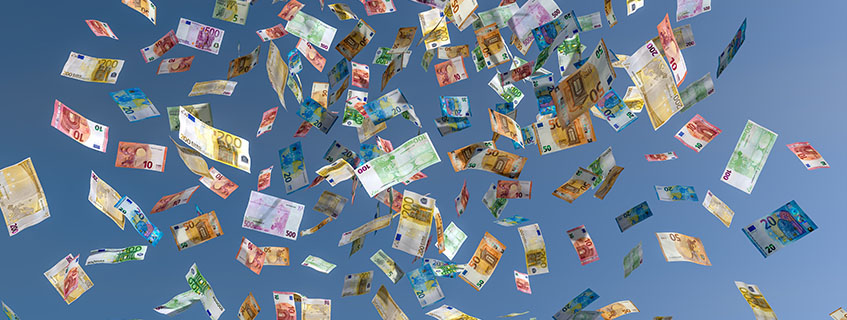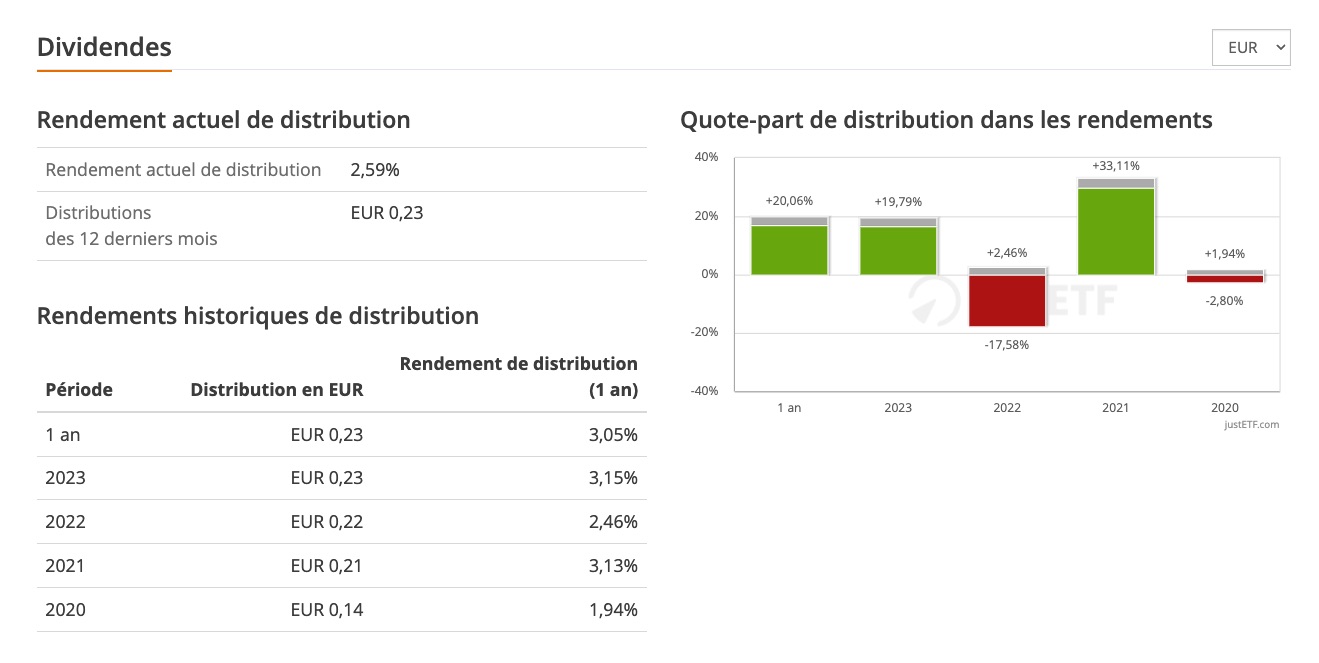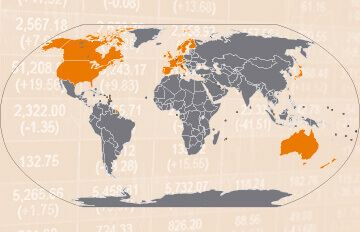L’investissement à revenus avec les ETF
Les ETF qui versent des dividendes élevés constituent une bonne source de revenus passifs. Ce qu'il faut savoir et comment trouver les meilleurs ETF de distribution.

- Niveau : Pour débutants
- Durée de lecture : 5 minutes
Dans cet article, nous abordons pour vous
Trouver la bonne source de revenus passifs
Certains investisseurs privés achètent des actions individuelles pour leur portefeuille afin de générer des revenus à partir des distributions de dividendes. Ils pensent être en mesure de choisir les actions qui offrent les meilleurs résultats en termes de dividendes. En réalité, cette stratégie est souvent décevante. En outre, vous ne trouverez pas seulement des titres à dividendes élevés sur votre marché national, mais vous devrez également négocier sur des places boursières étrangères, ce qui entraînera des commissions plus élevées. En outre, la diversification est limitée. Les ETF et les fonds peuvent investir dans un plus grand nombre d'entreprises différentes et réduire ainsi le risque d'investissement grâce à la diversification. Les fonds de dividendes gérés activement représentent une deuxième alternative qui peut offrir une diversification comparable à celle de l'indice de marché. Une poignée de gestionnaires de fonds peuvent également se prévaloir d'une performance supérieure à celle de leur indice de référence (surperformance par rapport à l'indice de référence). Cependant, la plupart des fonds actifs ne parviennent pas à surperformer le marché. Que le gestionnaire fasse du bon ou du mauvais travail, vous devez, en tant qu'investisseur, payer des frais de gestion substantiels chaque année. En outre, vous devez tenir compte des coûts de transaction au sein du fonds si le gestionnaire du fonds effectue de nombreuses transactions.ETF: La meilleure façon de percevoir des dividendes
Nous pensons qu'un portefeuille d'ETF bien choisis offre une solution de revenu supérieure. Avec un ou plusieurs ETF, vous diversifiez votre capital dans de nombreux investissements individuels, choisis et pondérés par le fournisseur de l'indice. Au lieu d'un gestionnaire de fonds actif, l'indice sous-jacent de l'ETF sélectionne les actions ayant les dividendes les plus élevés. Vous pouvez ainsi mettre en place un portefeuille de revenus de manière beaucoup plus rentable, avec moins de risques et une maintenance plus facile. La baisse des coûts se traduit par une augmentation des revenus que vous pouvez investir ou dépenser.Paiements des ETF : Les bons ETF pour votre stratégie de dividendes
En tant qu'investisseur dans un ETF, vous bénéficiez toujours des dividendes versés par les entreprises dans lesquelles vous investissez. Selon que vous préférez les ETF de distribution ou de capitalisation, les rendements sont versés ou réinvestis. Par conséquent, les ETF de distribution conviennent parfaitement à un portefeuille de revenus. Les indices des marchés communs tels que le MSCI World offrent déjà un bon revenu de dividende d'environ 2 %. Outre les indices de marché classiques, il existe également des ETF spécialisés dans les dividendes. Les indices de dividendes utilisés par ces ETF sélectionnent et pondèrent leurs actions en fonction de leurs rendements en dividendes des périodes précédentes. Le choix de ces ETF est vaste et vous permet de profiter de sociétés à dividendes élevés du monde entier, de régions spécifiques ou même d'un seul pays. Mais en vous concentrant sur les dividendes, vous prenez un risque par rapport à un indice de marché : les entreprises à dividendes élevés ont généralement des modèles d'entreprise conventionnels qui risquent d'être remplacés par les géants de la technologie et des services modernes. En outre, les entreprises qui versent des dividendes élevés ne réalisent pas nécessairement des bénéfices importants. Les dividendes peuvent également être payés à partir des actifs de l'entreprise, érodant ainsi le capital social de l'entreprise. En outre, de nombreuses entreprises préfèrent racheter des actions plutôt que de distribuer des bénéfices sous forme de dividendes. Cependant, les méthodologies des fournisseurs d'indices diffèrent considérablement et ils sont donc exposés à ces risques à des degrés divers. Il est conseillé d'examiner de plus près les méthodologies indicielles avant d'investir. Notre introduction aux actions à dividendes mondiales et aux actions à dividendes européennes vous donne une vue d'ensemble rapide mais détaillée.ETF avec paiements de dividendes : Comment mesurer le rendement en dividendes d'un ETF?
Le rendement en dividendes est un autre facteur essentiel pour déterminer le potentiel de revenu d'un ETF. Il s'agit de la distribution d'un ETF par rapport à son prix.Rendement du dividende = dividendes annuels par action/coût par action
7.5€ / 180€ = 4.17%
La chasse aux dividendes commence
Commencez à comparer les rendements des dividendes avec ceux d'aujourd'hui. Sur notre site de recherche d'ETF et sur les profils d'ETF, vous trouverez les rendements de distribution historiques et actuels des ETF et leurs paiements annuels par rapport à la performance.Informations sur les distributions de profils d'ETF sur justETF

Source : justETF Research; au 15/04/2024














